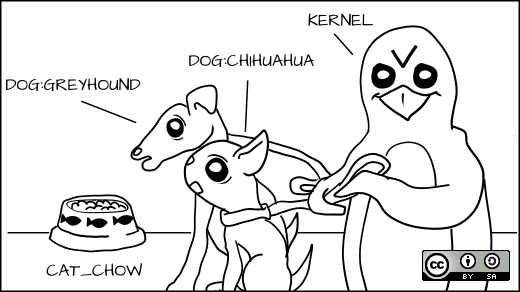
Image by : opensource.com
We are celebrating the SELinux 10th year anversary this year. Hard to believe it. SELinux was first introduced in Fedora Core 3 and later in Red Hat Enterprise Linux 4. For those who have never used SELinux, or would like an explanation…
SElinux is a labeling system. Every process has a label. Every file/directory object in the operating system has a label. Even network ports, devices, and potentially hostnames have labels assigned to them. We write rules to control the access of a process label to an a object label like a file. We call this policy. The kernel enforces the rules. Sometimes this enforcement is called Mandatory Access Control (MAC).
The owner of an object does not have discretion over the security attributes of a object. Standard Linux access control, owner/group + permission flags like rwx, is often called Discretionary Access Control (DAC). SELinux has no concept of UID or ownership of files. Everything is controlled by the labels. Meaning an SELinux system can be setup without an all powerful root process.
Note: _SELinux does not let you side step DAC Controls. SELinux is a parallel enforcement model. An application has to be allowed by BOTH SELinux and DAC to do certain activities. This can lead to confusion for administrators because the process gets Permission Denied. Administrators see Permission Denied means something is wrong with DAC, not SELinux labels.
 当我们在生产线上用一台服务器来提供数据服务的时候,我会遇到如下的两个问题:
当我们在生产线上用一台服务器来提供数据服务的时候,我会遇到如下的两个问题:
